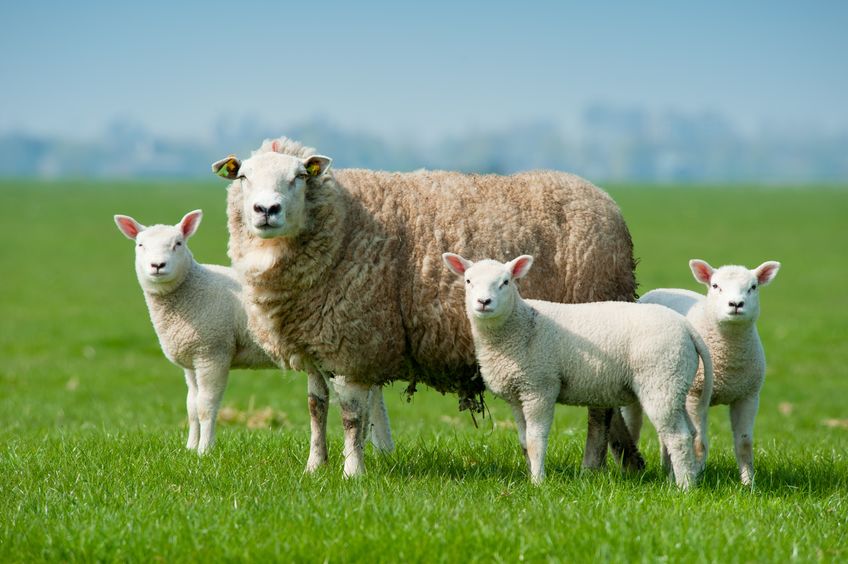
Ewe nutrition in late pregnancy has been suggested as the major influence on colostrum quality, according to a new study.
The research is thought to be the largest recorded data-set for ovine colostrum collected under commercial farming conditions.
The Farming Connect study has emphasised the importance of a good diet in late pregnancy and its link with colostrum quality.
Not only did feed quality and quantity in the final stages of pregnancy appear to influence colostrum quality, but twin and triplet bearing ewes had higher quality colostrum than those carrying single lambs.
According to the research, this was either a farm effect or again thought to be linked to protein and energy supply in their late-pregnancy diet.
Samples were collected from at least ten ewes on each farm in the first week of lambing 2021 and again in the last week.
There were results from 1,295 ewes, submitted by 64 Welsh farmers and 45 also provided details of their ewe rations.
The results of the study provide important evidence of the factors that contribute to colostrum quality.
Lee Price, of Farming Connect, said the findings highlighted just how good most ewe colostrum was, with three quarter of all ewes sampled having colostrum above 26.5% on the BRIX, the cut-off for good quality.
“Silage protein levels above 12% and a concentrate feed face of above 45cm per ewe were both shown to be significant factors in the flocks with more ewes with better quality colostrum."
In general, fitter ewes appeared to produce better colostrum that thin ewes, and there was a clear link between better quality in ewes where the ease of stripping was described as ‘good’ or ‘average’ rather than ‘hard to strip’.
Fiona Lovatt, the vet who ran the project, said: “It demonstrates how sheep farmers can easily use a Brix and record simple data despite all the pressures of lambing time.
"We now recommend a Brix as an essential part of lambing-time equipment – particularly to identify ewes from whom to harvest and store spare colostrum.
“We all know that ‘Colostrum is gold’ but this study has shown us exactly how good a quality that gold is," she said.
"Once farmers have confidence in their colostrum quality, they can focus resources on ensuring that each lamb quickly receives sufficient quantity.”
The study was undertaken on behalf of Farming Connect by Flock Health Ltd and involved lamb producers in Farming Connect Discussion Groups measuring ewe colostrum quality with a BRIX refractometer.
